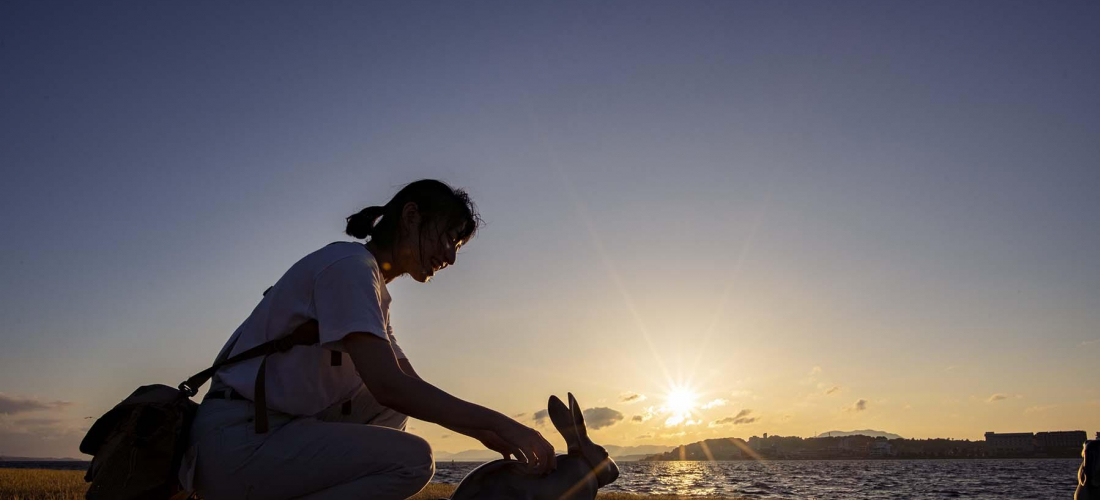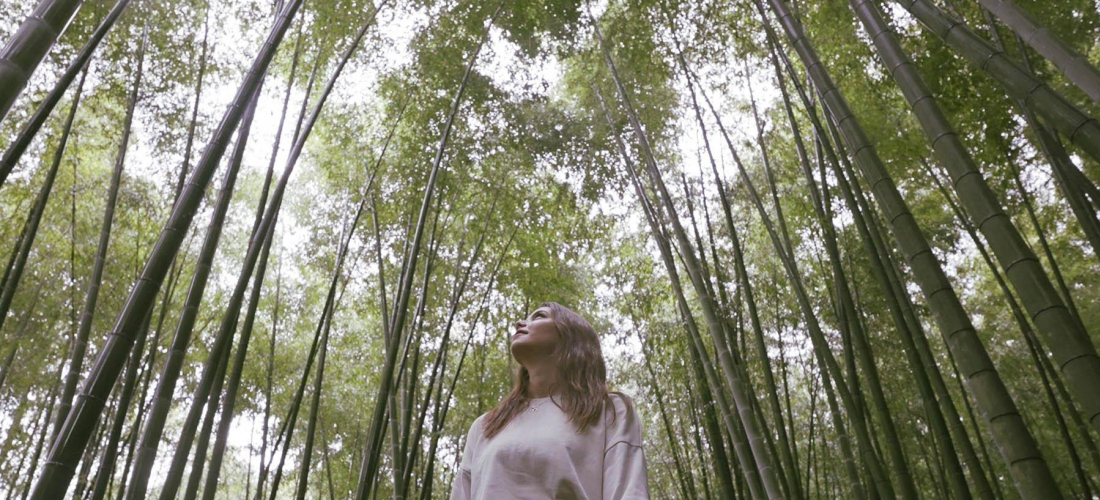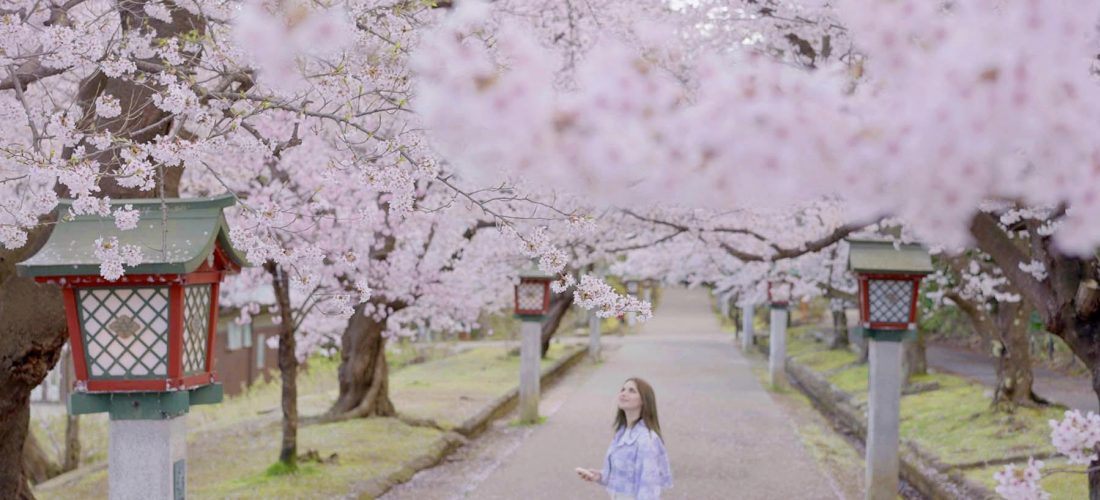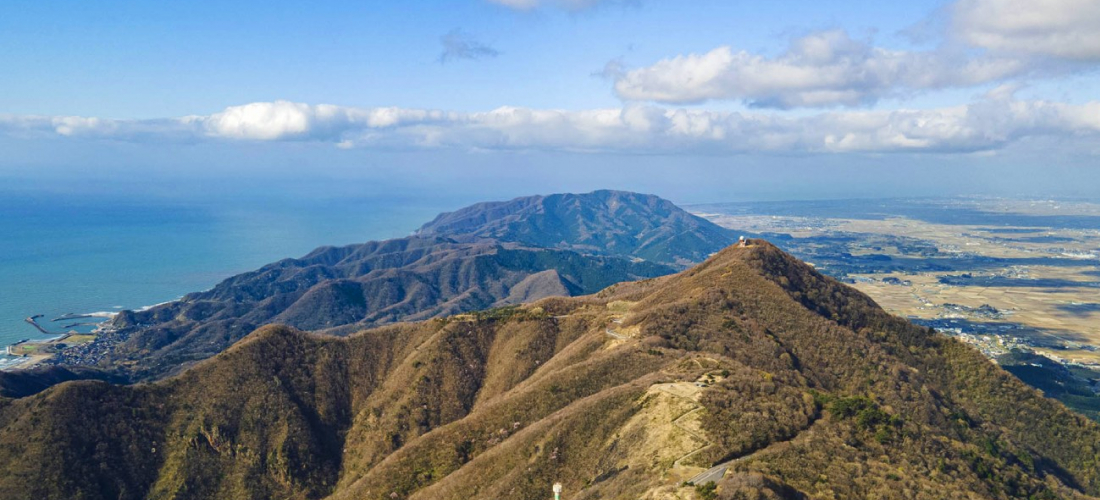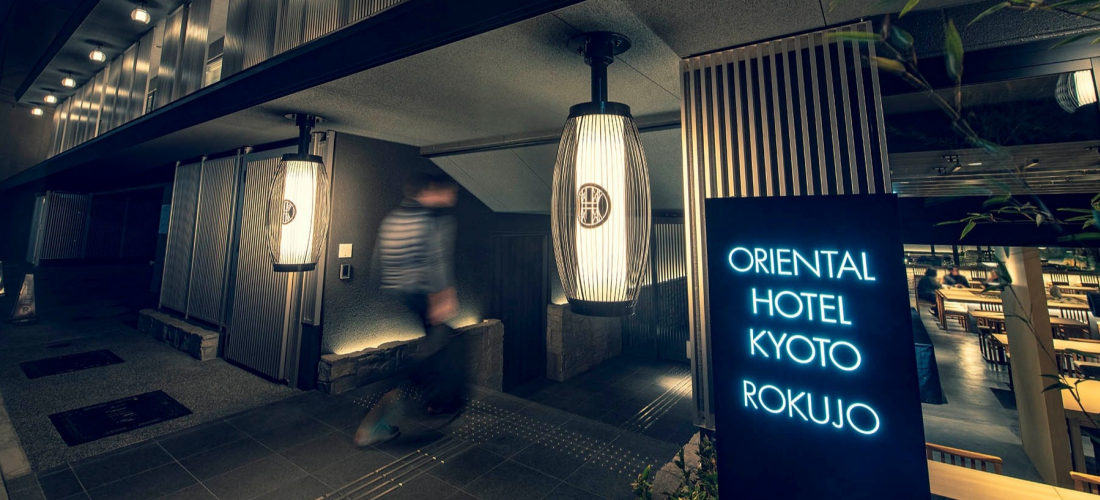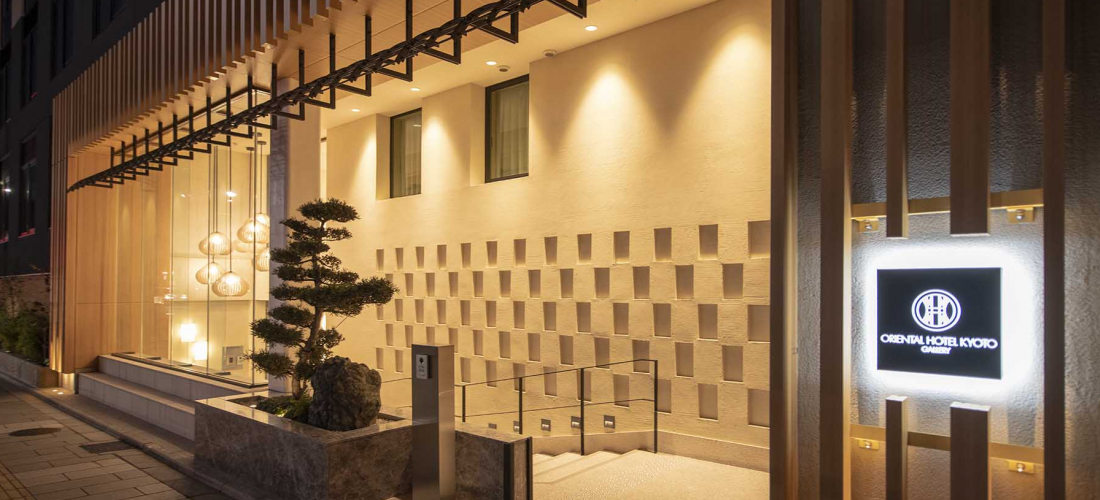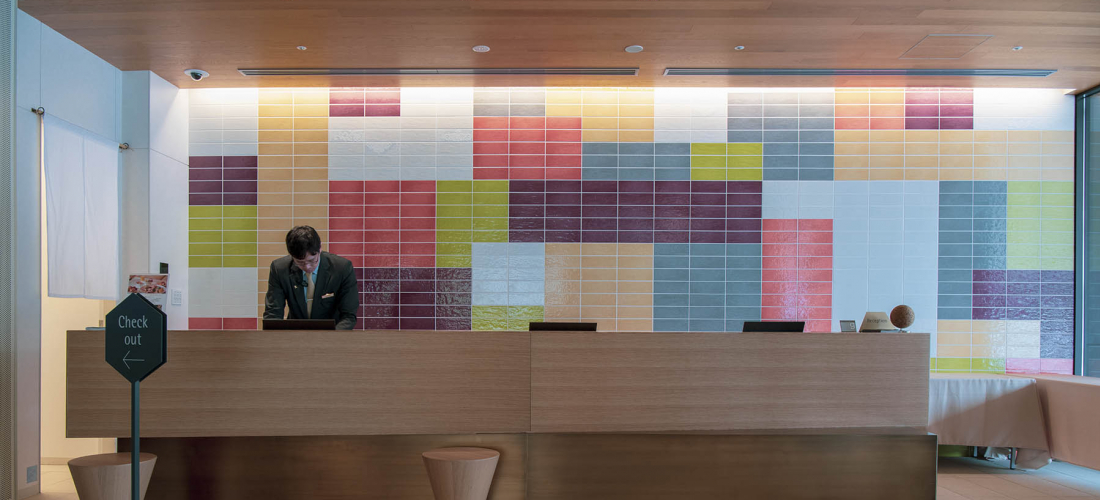
CONTENTS
En quelques décennies, Kyoto est devenue la destination numéro 1 pour tous les touristes visitant le Japon. De temples et rues millénaires à la culture florissante des café et de la haute cuisine, la ville réserve d’innombrables surprises. Si vous ne voulez pas rater les temples de Kinkakuji et Kiyomizudera, ou les sanctuaires Yasaka ou Fushimi Inari, nous vous conseillons un hôtel dans les environs de Shinmachi, une rue connue pour ses anciens ateliers de kimono. Vous pourrez y essayer la cérémonie du thé, des spectacles d’authentiques maiko (future geisha) et bien plus encore.
L’Hotel Intergate Kyoto
Un hôtel immergé dans la tradition de Kyoto
Si vous voulez profiter au maximum de l'atmosphère traditionnelle de la ville, vous devez loger dans les environs de Shinmachi. Il s'agissait d'un des quartiers de fabriques de kimono les plus prospères du Japon. Aujourd'hui, les boutiques de soie se font un peu plus rares, mais les anciennes architectures sont toujours là et n'attendent que vous.
Des noren, rideaux traditionnels conduisent les visiteurs avec simplicité et élégance vers l'entrée de Hotel Intergate Kyoto.
Hotel Intergate Kyoto Shijo Shinmachi (ホテルインターゲート京都 四条新町)
Adresse: 387 Mukadeya-cho, Nishikikoji-agaru, Shinmachi-dori, Nakagyo-ku, Kyoto
Tel: +81-75-255-2221
Check-in/out: 15:00/11:00
Official Website (en)
Embrassez l’atmosphère originelle de Kyoto, même à l’intérieur de l’hôtel.
L'hôtel est garni d'endroits confortables pour se reposer et propose généralement du mobilier occidental, mais la décoration boisée des anciennes fabriques de kimono, et d'une touche de nature, vous n'oublierez pas que vous êtes au coeur d'une ville historique.
Les quatre saison sont une part importante dans la culture japonaise. Hotel Intergate Kyoto le sait bien, et a installé un jardin traditionnel au centre du hall d'accueil. Alors que les saisons changent, que les feuilles rougissent, tombent et finissent couvertes par de la neige, les visiteurs peuvent profiter du paysage assis confortablement dans un canapé.
La décoration des chambres est très simple, enveloppées dans une lumière chaleureuse et un canapé spacieux. Cette simplicité, aidée par les mûrs en papiers traditionnels, rappelle fortement ce qu'on voit dans les rues de Kyoto. Cette chambre "deluxe twin room" aux matelas spacieux, est parfaite pour se reposer après une longue journée de visite.
Les chambres d'hôtel au Japon sont parfois petites, mais la suite junior offre beaucoup d'espace pour traîner le soir ou le matin. Après avoir joué des coudes toutes la journée pour admirer les endroits les plus connus de la ville, rien de mieux que de s'étirer sur les énormes canapés de l'hôtel. Vous trouverez même du thé et une bouilloir pour vous relaxer à fond.
Les larges groupes apprécieront les chambres connectées les unes aux autres. Deux chambres doubles sont ainsi reliées par une porte, ce qui permet d'offrir de meilleurs interactions entre les visiteurs. C'est ainsi particulièrement utile pour les familles, les groupes d'amis ou pour les voyages entre plusieurs couples.
Si vous voulez vous immerger dans la culture japonaise, oser vous mouiller dans les bains publiques au rez-de-chaussée. Ces gigantesques bains communs se nomment daiyokujo, s'apparentent à des baignoires géantes et luxueuses. Des douches compartimentées sont présentes pour vous laver avant d'entrer dans les bains. De plus, des fenêtres offrent sur un autre jardin traditionnel afin de contempler la nature tout en vous relaxant.
Malheureusement, les invités possédant des tatouages ne sont pas autorisés à y entrer. Mais s'il est suffisamment petit pour être couvert, vous pouvez demander des sortes de pansements à l'accueil.
Un service H24 au bar de l’hôtel
Vous serez sans aucun doute agréablement surpris par le bar de l'hôtel. Cette pièce des plus confortables est utilisée pour le petit-déjeuner, mais est ouverte toute la journée pour que les clients puissent grignoter ou boire quand ils le veulent.
6:00 à 7:00 | Café et smoothies du matin
L'hôtel ouvre tous les matins avec un service café spécialisé. Ce café fait à la main est délicatement servi afin d'offrir la meilleur saveur possible.
Le café Kyo, originaire de la région de Kyoto est utilisé. Connaissant la longue histoire culinaire de la ville, vous êtes sûrs d'avoir droit à un excellent café.
Le personnel de l'hôtel s'applique à fond pour vous offrir les meilleures arômes possibles.
7:00 à 10:30 | Le Buffet de petit déjeuner
Dernière commande 10:00
Vous êtes sûr de trouver quelque chose qui vous plaira dans ce buffet. De plats traditionnels japonais à base de poissons et de légumes, en passant par des assiettes plus occidentales comme des frittata, des pommes de terre, saucisses ou toutes sortes de viennoiseries. L'hôtel vous recommande d'ailleurs les croissants ou autre pâtisseries faites maison – impossible à refuser bien sûr, mais voici d'autres plats plus typiques qui ont piqué notre attention, telle que leur soupe minestrone!
10:30 à 21:00 | Thé & Snacks
Pour le reste de la journée, le bar fait office d'espace libre pour les visiteurs. Si vous voulez vous relaxer en soirée, préparer votre planning pour le lendemain, ou simplement faire une pause dans la journée entre deux visites, la pièce sera là pour vous.
Les snacks complémentaires sont impressionnants. En plus de plusieurs variétés de thé, vous pouvez grignoter des pâtisseries ou des pancakes (que vous pouvez recouvrir d'un des quatre types de miel que l'hôtel proposent!)
17:00 à 19:00 | Revenez plus tôt pour la Happy Hour!
Vous cherchez un endroit sympa pour discuter et boire avec vos amis? Vous n'avez pas besoin d'aller plus loin que le bar de l'Hotel Intergate Kyoto! Asseyez-vous tranquillement dans les canapés, et goûtez à leur collections de vins et de cocktails!
Si les boissons gratuites ne vous suffisent pas, vous pouvez bien sûr acheter quelques boissons au bar, comme des bières et du saké.
21:00 à 23:00 | Grignotez la nuit à la façon de Kyoto!
Après une bonne soirée à l'extérieur, ou après la happy hour de l'hôtel, il est toujours tentant de grignoter un morceau dans une supérette. Pourquoi ne pas visiter le bar de l'hôtel et prendre un de leurs délicieux snacks proposés gratuitement à la place?
L'hôtel offre des ochazuke nocture, un bol de riz couvert de différentes garnitures, et plongé dans un bouillon à base de thé vert. On l'appelle parfois le fast-food de la période Edo. Grâce aux 15 garnitures différentes, toutes du style de Kyoto (poisson, légumes frais ou marinés, etc.) vous pouvez essayer toutes sortes de saveur et faire vous-même le bol parfait.
Une expérience culturelle dans votre hôtel
Vous cherchez un endroit pour apprécier la culture traditionnelle de Kyoto?
Rien de plus facile! Si vous voulez voir ce que Kyoto a à vous offrir en terme de culture, vous allez adorer ce que le Hotel Intergate Kyoto organise dans son bar. D'une initiation à la cérémonie du thé, en passant par un atelier de fabrication de bougies, et même des spectacles de danse de maiko (geisha), tout est là pour que votre séjour vaille la peine.
Faîtes votre matcha lors de votre cérémonie du thé.
Etes-vous intéressé par la création du matcha? Demandez à l'accueil et vous aurez droit à votre atelier personnel. Un membre du personnel rapportera du matcha local Uji, des bols et des ustensils pour vous enseigner la cérémonie du thé de l'école de Urasenke, et le tout en anglais!
Horaires: n'importe quand entre 15:00 – 20:00
Prix: 500 yens
(d'autres ateliers sont disponibles en fonction de la période.)
Peignez votre bougie traditionnelle.
Vous cherchez un souvenir unique à ramener de Kyoto? Demandez au personnel et ils vous guideront vers un atelier de peinture de bougies traditionnelles, un des artisanats célèbres de la ville. Après avoir décidé du design que vous voulez, vous pourrez vous amuser à peindre ce que vous voulez sur les bougies.
Horaires: n'importe quand entre 15:00 – 20:00
Prix: 1,000 yens/1,500 yens/2,000 yens (en fonction de la taille de la bougie)
(d'autres ateliers sont disponibles suivant la période.)
Passez la soirée avec une artiste maiko de Kyoto.
Contrairement à ce que l'on pense, il est difficile pour des touristes de rencontrer une véritable maiko (geisha en formation) et même à Kyoto. Les prix sont très élevés et les quelques établissements qui organisent des spectacles sont souvent rapidement complets. Voilà pourquoi ce que propose le Hotel Intergate Kyoto est tout simplement extraordinaire! Profitez du spectacle, puis prenez une photo commémorative avec l'artiste.
Vous aurez même l'occasion de jouer à un jeu traditionnel japonais avec la maiko!
Horaires: 20:30 – 22:00
Prix: Clients de l'hôtel 3 500 yens / Visiteurs extérieurs 4 000 yens / Photo avec la Maiko 1 000 yens
(réservations au préalable sont nécessaires, pensez à regarder le calendrier sur le site officiel de l'hôtel! Le spectacle de la Maiko est organisé une fois par mois; il n'y a plus qu'à s'organiser!)
Visites aux alentours de l’hôtel
A voir absolument à Kyoto!
① Le sanctuaire Fushimi Inari
Aucun voyage à Kyoto ne se fait sans un arrêt au sanctuaire Fushimi Inari, connu pour ses torii (portes du sanctuaires) vermillions. On l'appelle communément Fushimi Inari des Milles Torii, mais la réalité est certainement dix fois supérieure à ça! Promenez-vous dans les montagnes et explorez les différents sentiers à l'intérieur du temple.
② Le temple Kinkakuji, Le Pavillon d’or
Un regard à Kinkakuji et vous comprenez aisément pourquoi on l'appelle le pavillon d'or. Beaucoup le considère comme le plus beau temple de Kyoto. Les reflets des murs couverts de feuilles d'or sur l'étang qui l'entoure laissent les visiteurs sans voix.
③ Sanctuaire Yasaka
Un des sanctuaires les plus connus de Kyoto se trouve au fond de la rue de Shijo, à côté du quartier pittoresque de Gion. Beaucoup de visiteurs s'y rendent pour espérer la réussite financière de leur commerce.
Le sanctuaire Yasaka est le lieu du festival religieux le plus grand de Kyoto, le festival de Gion, qui prend une bonne partie de la ville en juillet. Les festivités débordent dans les rues, et dérangent le train train quotidien des locaux à la manière d'un carnaval. L'événement est à prendre en considération si vous pensez venir en juillet.
En traversant le sanctuaire Yasaka et tournez direction du sud, vous vous retrouverez dans une des rues traditionnelles de Kyoto des plus curieuses. Vous y trouverez les temples Kodaiji et Hokanji (des pagodes de 5 étages), et de nombreuses boutiques autour des rues de Ninenzaka et Sannenzaka. En montant la colline, vous tomberez sur le célèbre temple Kiyomizudera.
Les lieux tendances
① Koe Donuts
Trouvé dans la rue commerçante de Shinkyogoku, cette boutique à donuts connait un succès fulgurant. Les produits éthiques et issus de l'agriculture biologique s'allient très bien au concept de Koe et son proverbe "nouvelles bases pour une nouvelle culture". Bien sûr, beaucoup de visiteurs y sont attirés pour l'architecture très particulière dessinée par Kengo Kumo, qui n'a utilisé que du bambou local.

② Temple Yasaka Koshindo
Non loin des couleurs chatoyantes du sanctuaire Yasaka, le temple Yasaka Koshindo est certainement le temple le plus coloré de Kyoto. Vous le trouverez en un clin d'oeil dans l'une des rues autour de Hokanji, Ninenzaka, et Sanenzaka.

Explorez la culture japonaise du soir au matin!
Commencez votre journée dans la rue historique de Shinmachi, tout en mangeant un petit-déjeuner japonais et en admirant le jardin, avant de vous rendre les temples et sanctuaires les plus beaux de Kyoto. Prenez un donut sur la route et revenez à l'hôtel vous relaxer au bar pour apprendre à faire du thé au macha ou de magnifiques bougies. Puis finissez votre journée avec un spectacle de maiko et goûtez au bol de ochazuke. Voilà comment profiter de votre séjour de Kyoto comme il faut!
⇩ Vous voulez en savoir davantage sur l'hotel, et notre expérience de Kyoto? Cliquez sur la vidéo ⇩
Details
NAME:Hotel Intergate Kyoto Shijo Shinmachi (ホテルインターゲート京都 四条新町)
MAP
ACCESS:Karasuma Station (烏丸駅)
CONTACT TEL:+81 75-255-2221
COMMENT
FEATURED MEDIA
VIEW MOREMAP OF JAPAN
SEARCH BY REGION

LATEST
VIEW MOREEVENT CALENDAR
VIEW MOREMOST POPULAR
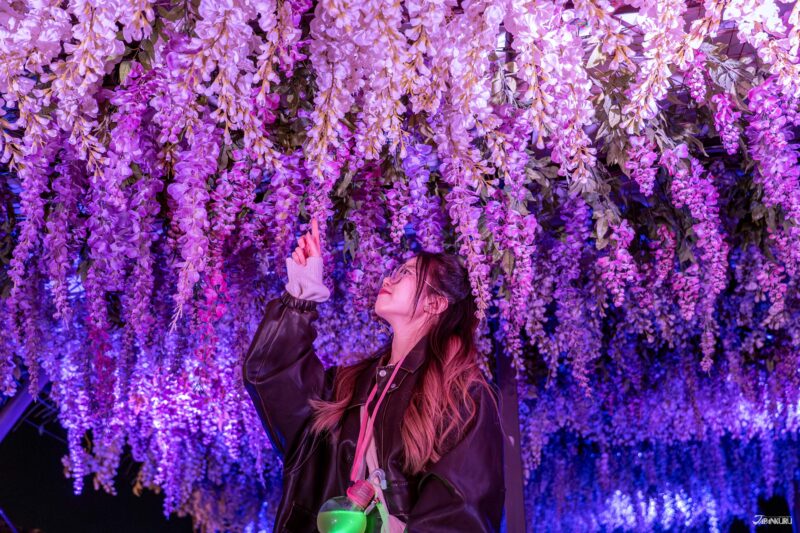 Tokyo Winter Recommendation: Don’t Miss Tokyo Mega Illumination, Japan’s #1 Light Show
Tokyo Winter Recommendation: Don’t Miss Tokyo Mega Illumination, Japan’s #1 Light Show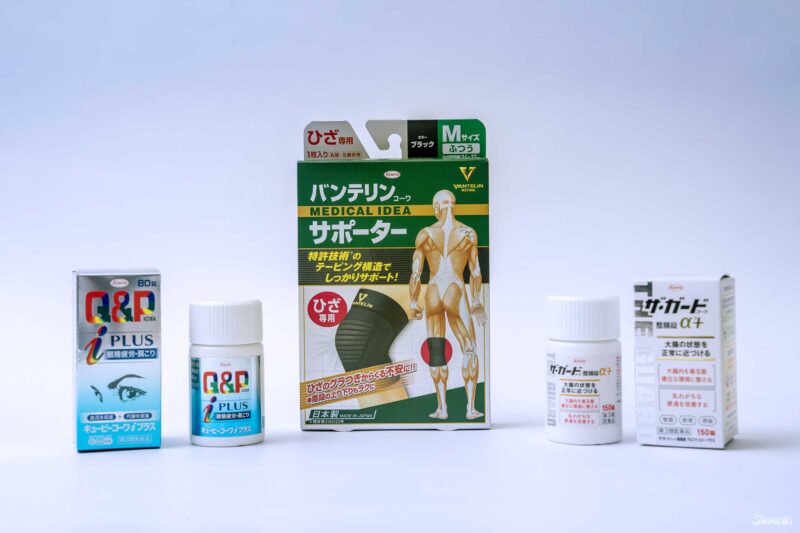 ป้ายยาสินค้าน่าซื้อในร้านขายยาญี่ปุ่น | KOWA ผลิตภัณฑ์เพื่อสุขภาพสำหรับคนยุคใหม่
ป้ายยาสินค้าน่าซื้อในร้านขายยาญี่ปุ่น | KOWA ผลิตภัณฑ์เพื่อสุขภาพสำหรับคนยุคใหม่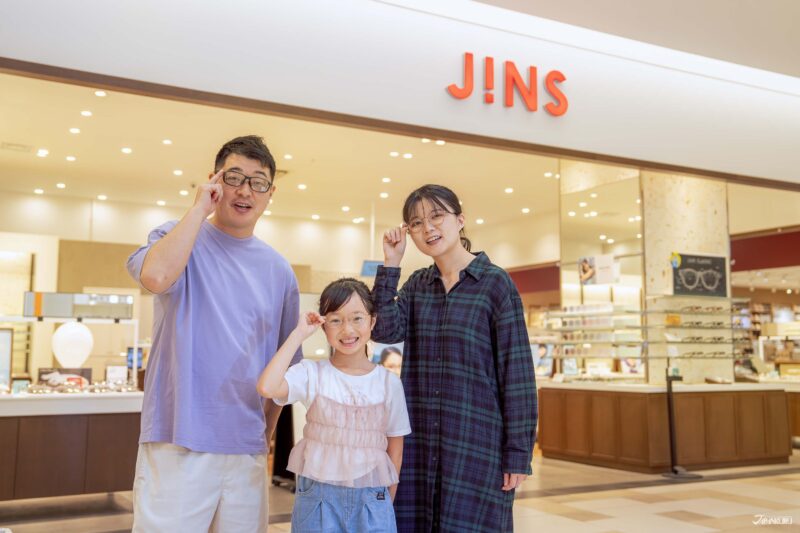 Okinawa Family Road Trip: Japanese Glasses Shopping at San-A Urasoe West Coast PARCO CITY, Discount Coupons, & Okinawa Sightseeing with JINS
Okinawa Family Road Trip: Japanese Glasses Shopping at San-A Urasoe West Coast PARCO CITY, Discount Coupons, & Okinawa Sightseeing with JINS

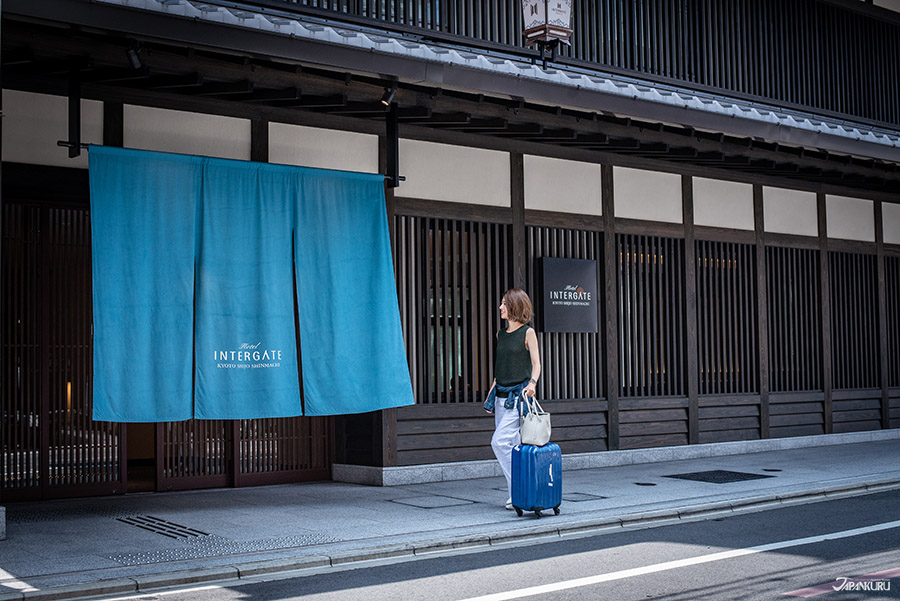

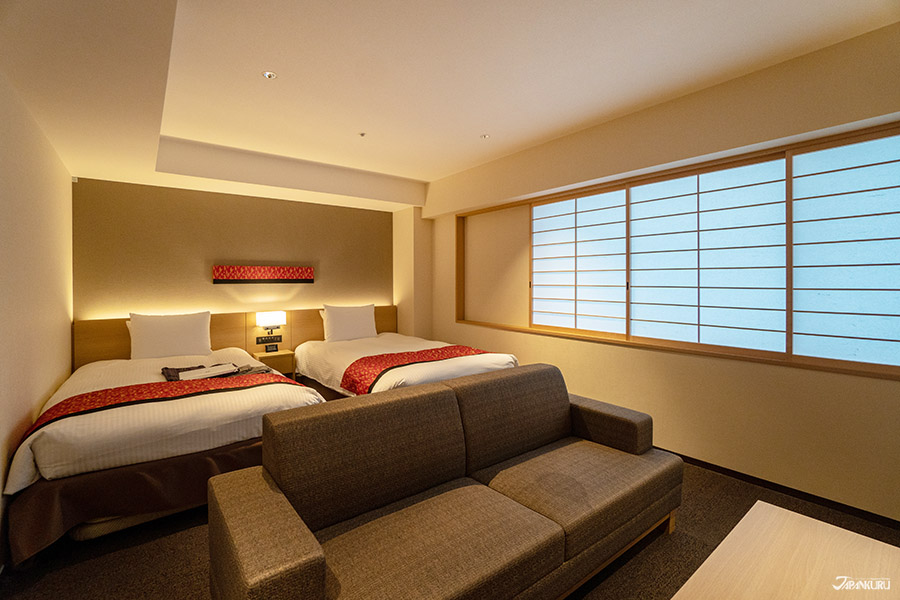

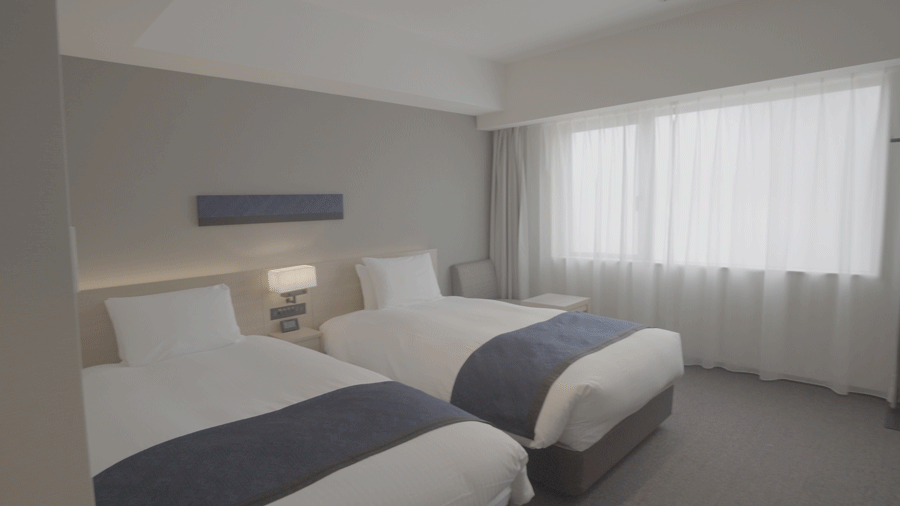
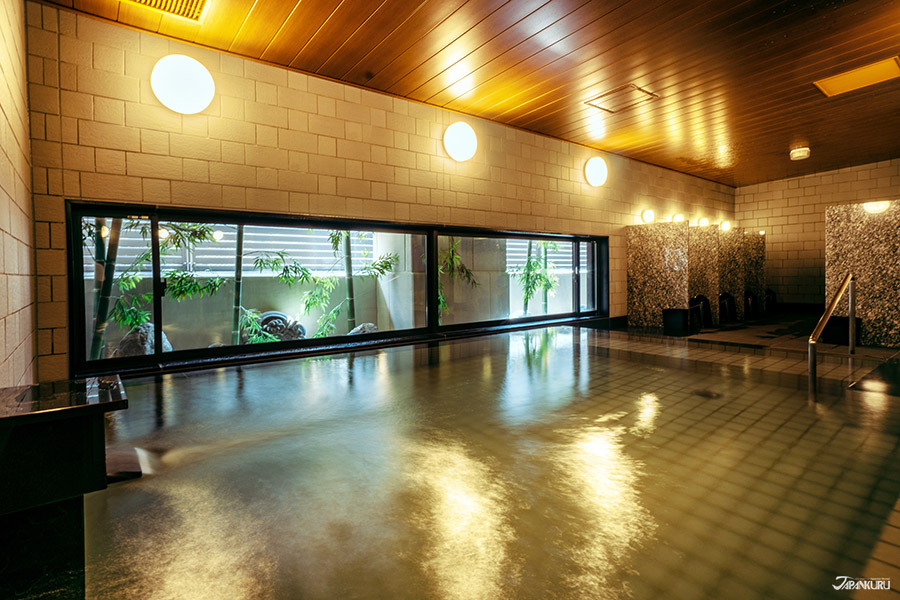
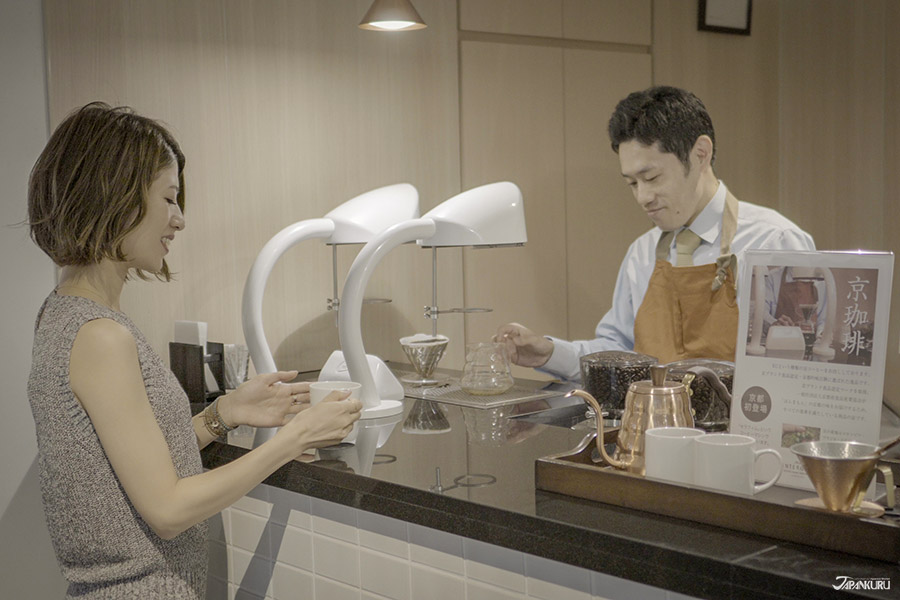
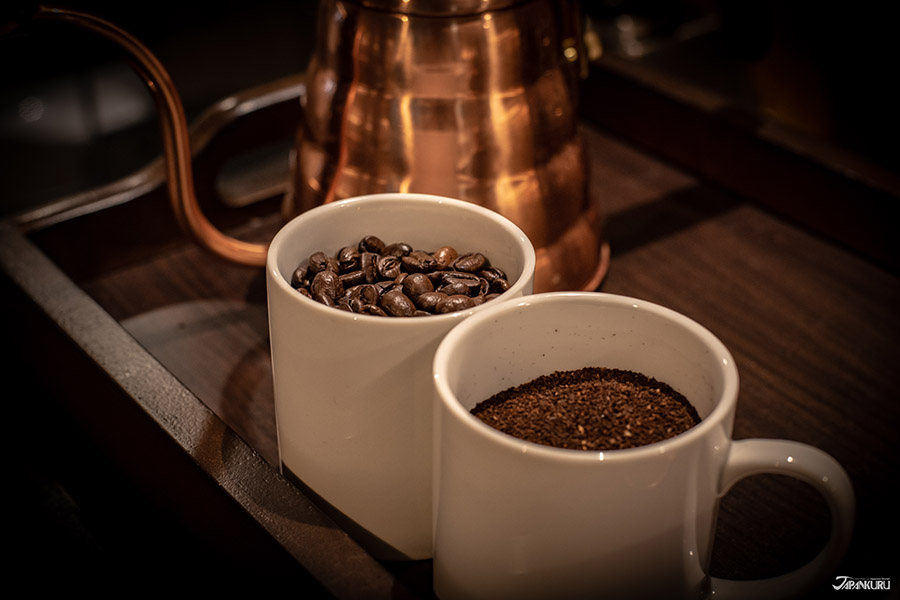

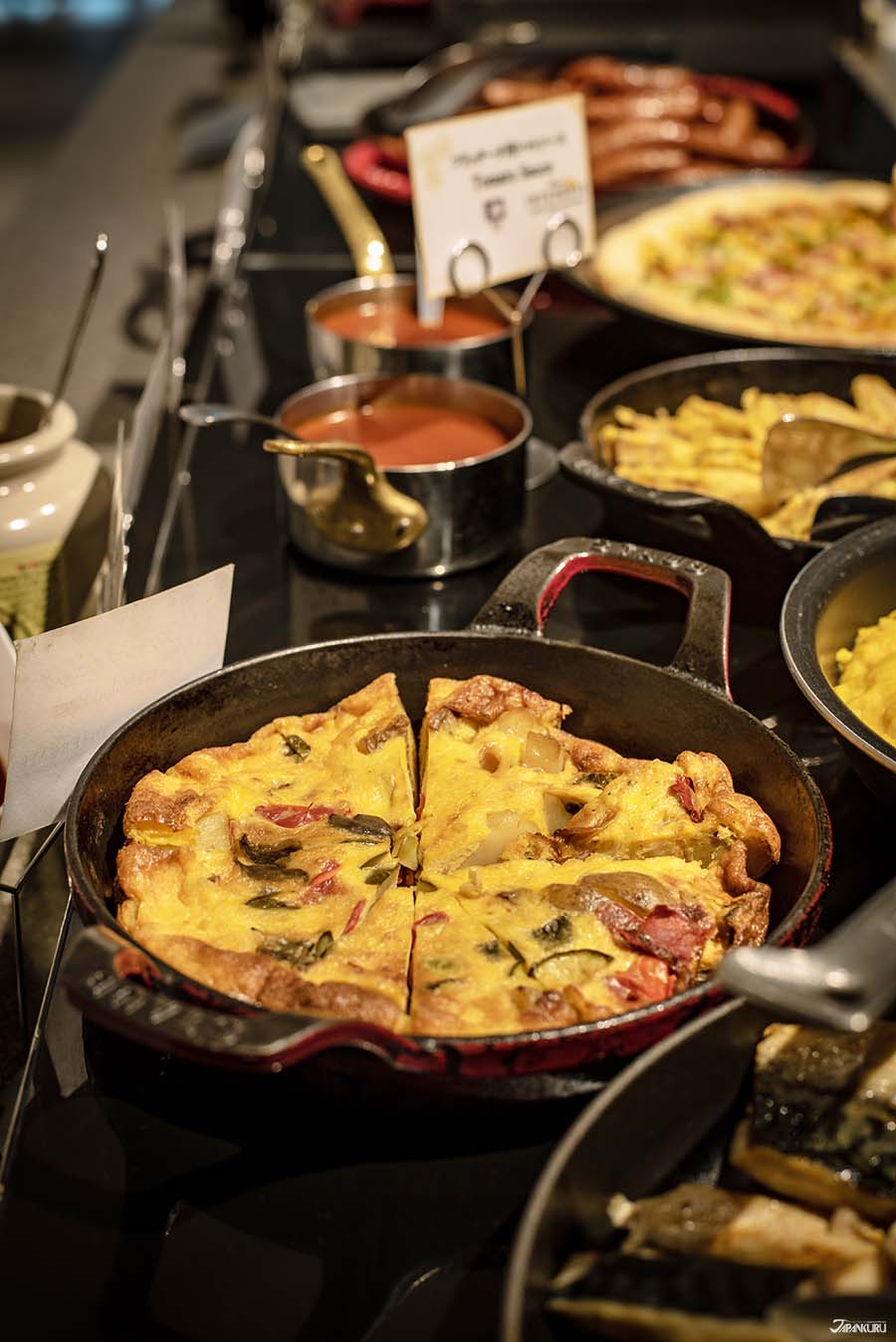

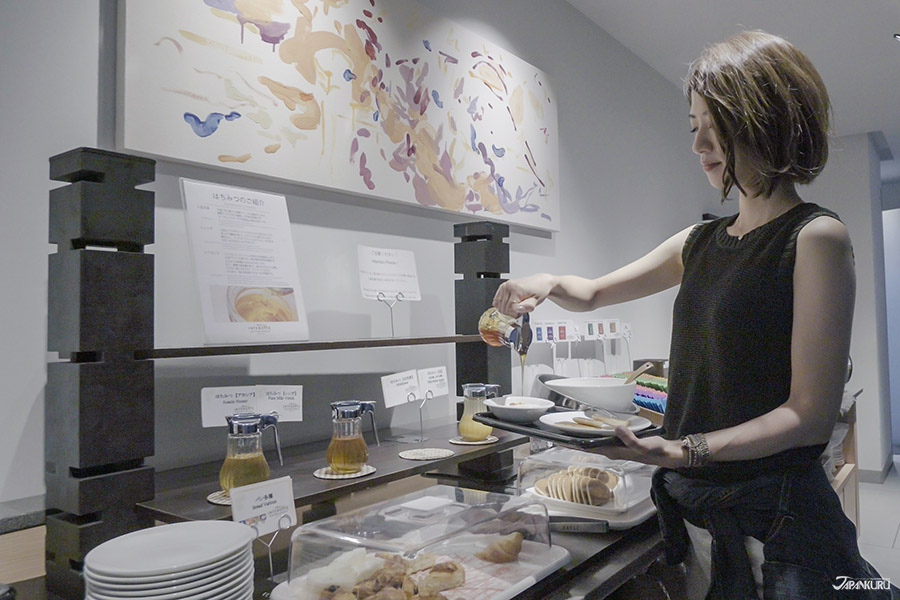
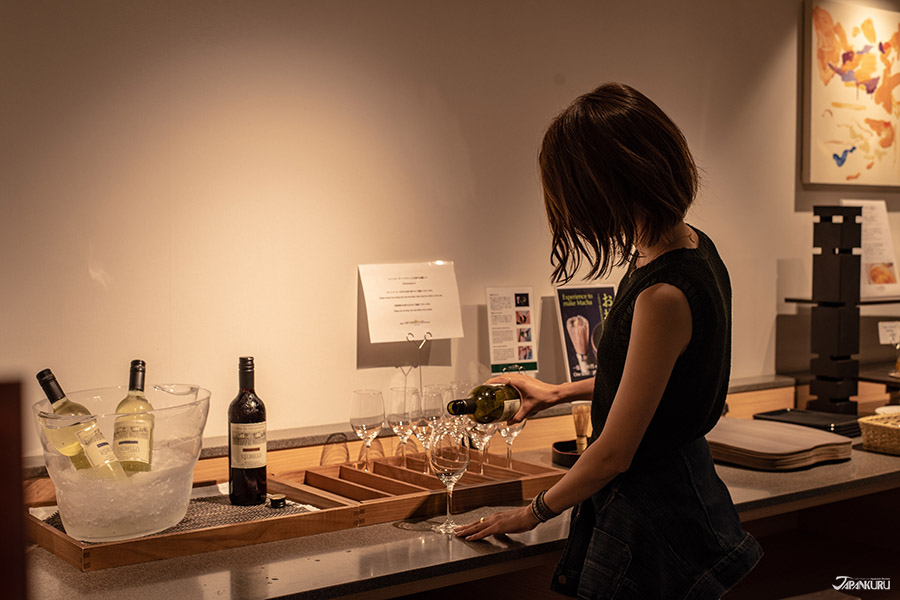
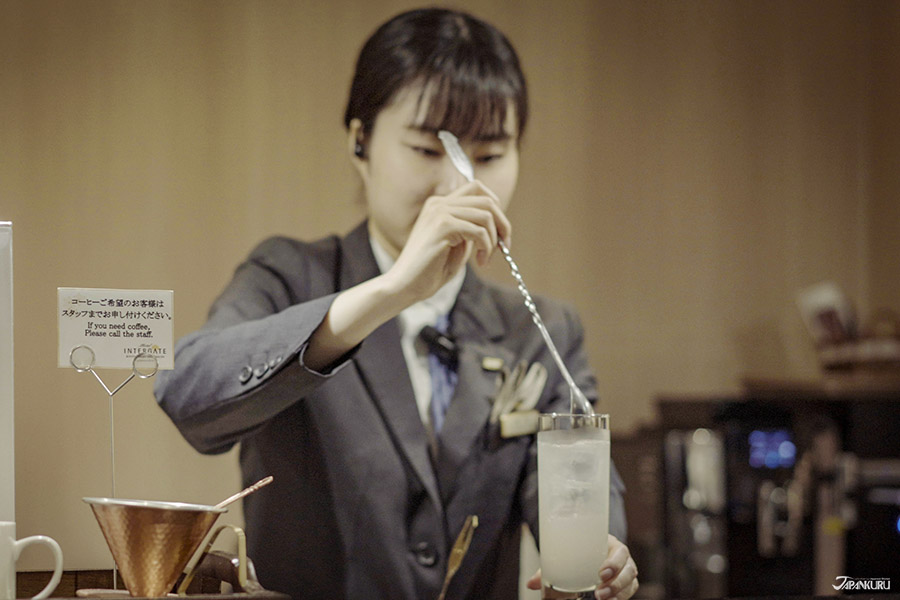




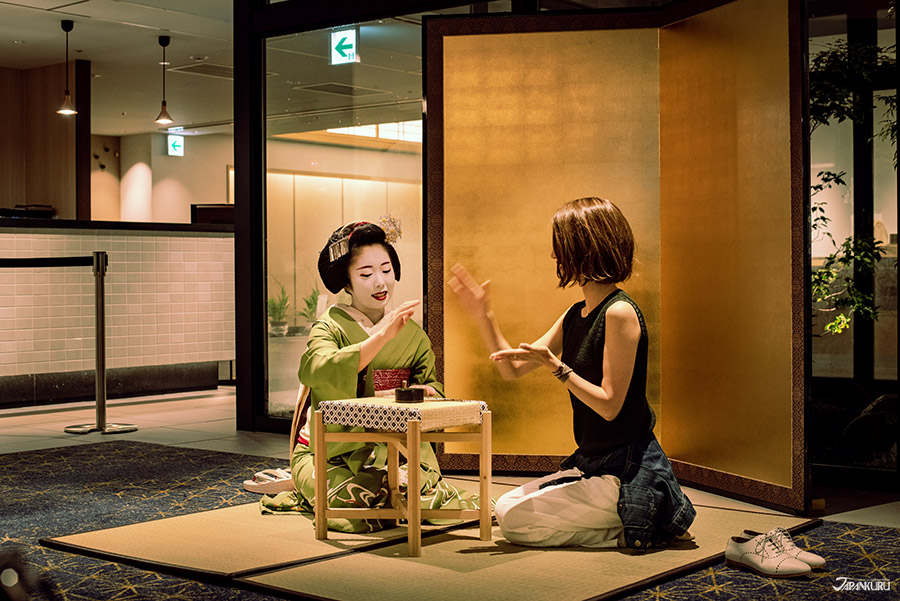
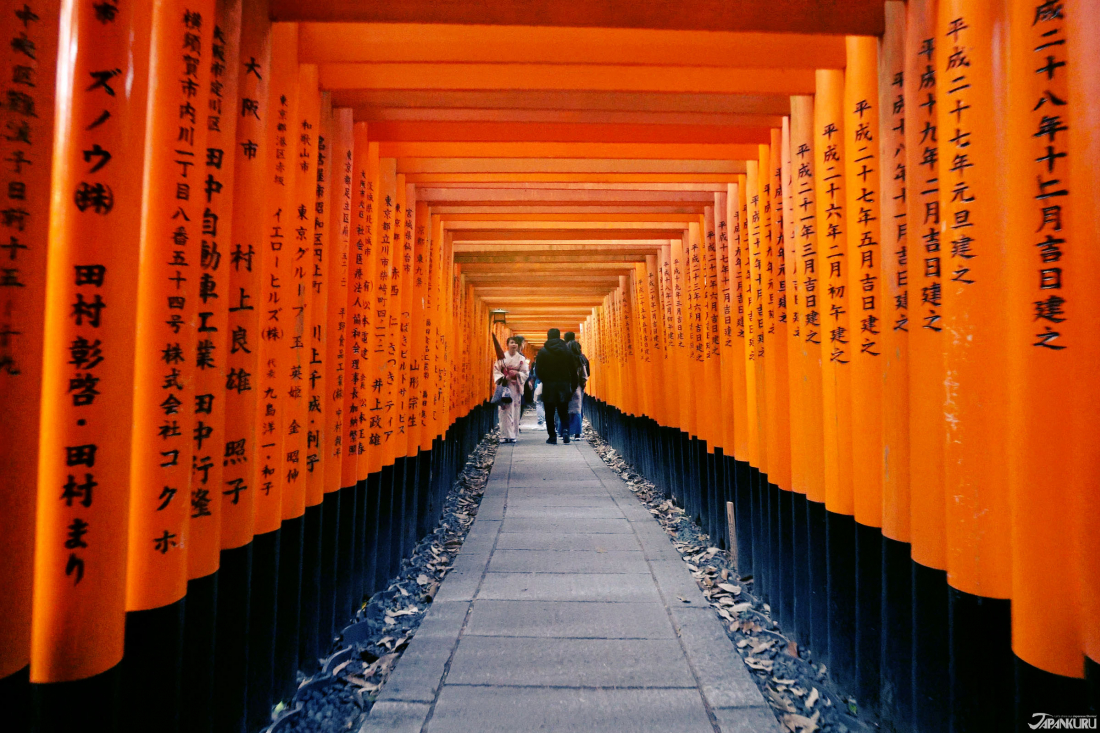
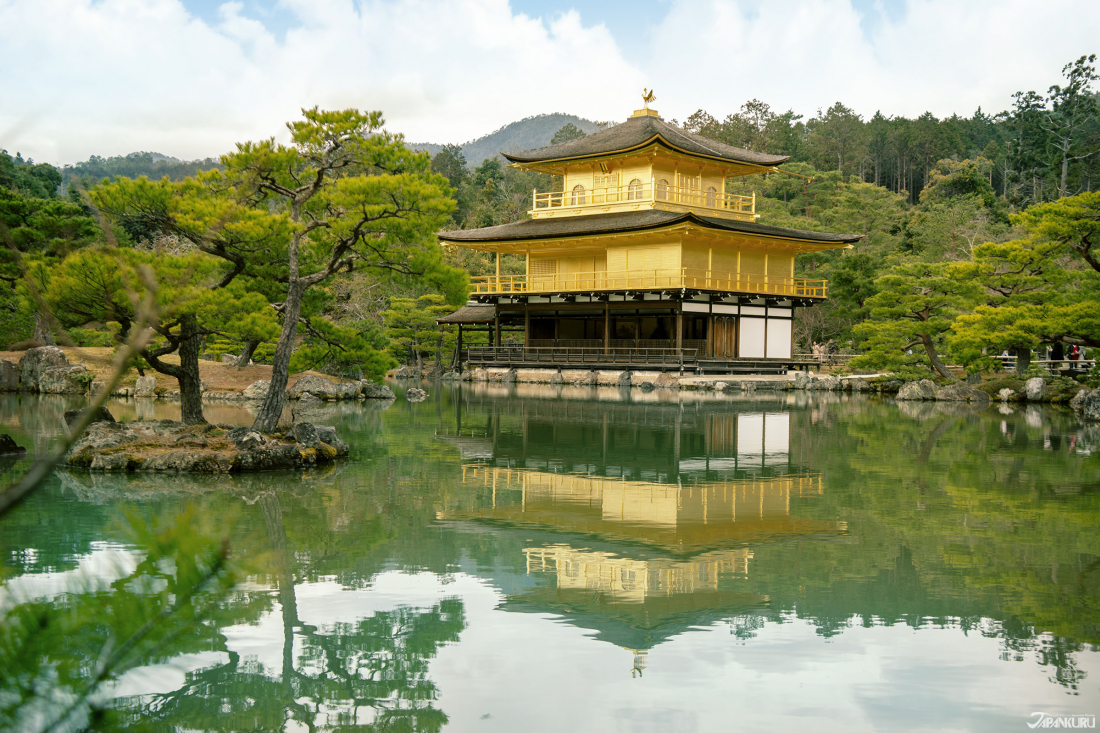

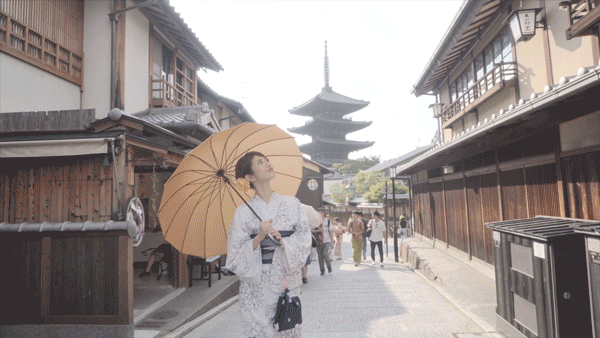
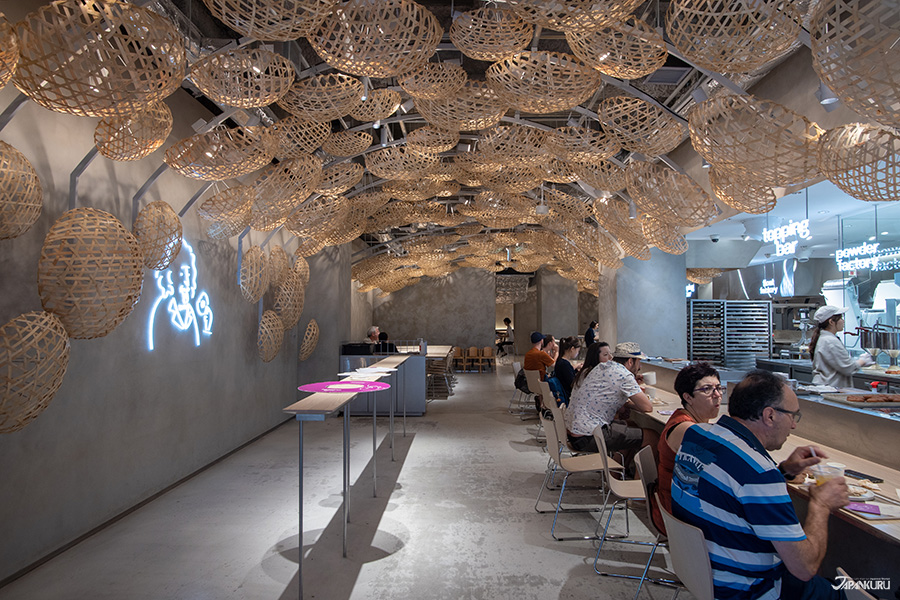
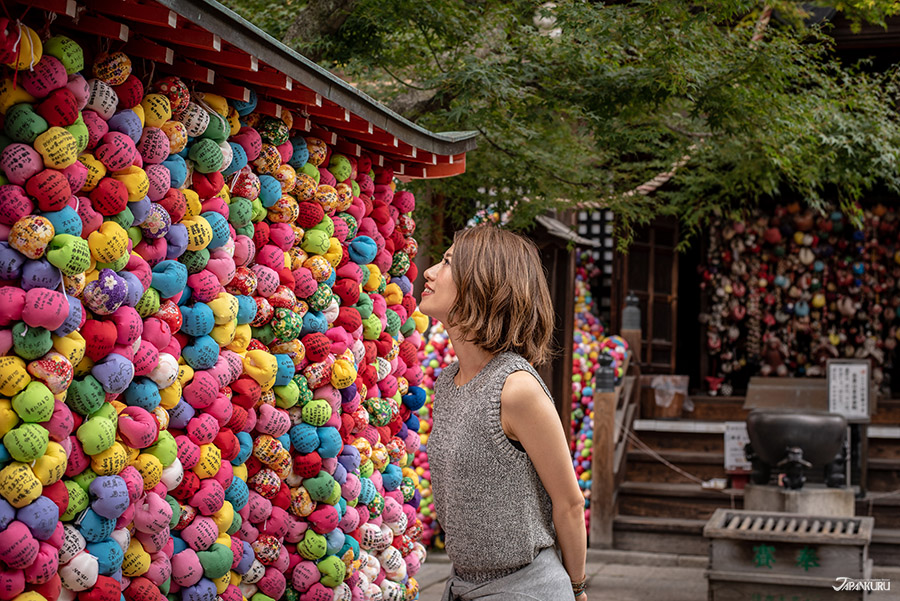





 >> Find out more at Japankuru.com! (link in bio)
#
>> Find out more at Japankuru.com! (link in bio)
#





 The Robot Restaurant is gone, but the Samurai Restaurant is here to take its place. Check it out, and don't forget your coupon!
The Robot Restaurant is gone, but the Samurai Restaurant is here to take its place. Check it out, and don't forget your coupon!
 신주쿠의 명소 로봇 레스토랑이 사무라이 레스토랑으로 부활! 절찬 쿠폰 발급중
신주쿠의 명소 로봇 레스토랑이 사무라이 레스토랑으로 부활! 절찬 쿠폰 발급중
 18歲以上才能入場的歌舞秀,和你想的不一樣!拿好優惠券去看看~
#tokyo #shinjuku #samurairestaurant #robotrestaurant #tokyotrip #도쿄여행 #신주쿠 #사무라이레스토랑 #이색체험 #할인이벤트 #歌舞伎町 #東京景點 #武士餐廳 #日本表演 #日本文化體驗 #japankuru #japantrip #japantravel #japanlovers #japan_of_insta
18歲以上才能入場的歌舞秀,和你想的不一樣!拿好優惠券去看看~
#tokyo #shinjuku #samurairestaurant #robotrestaurant #tokyotrip #도쿄여행 #신주쿠 #사무라이레스토랑 #이색체험 #할인이벤트 #歌舞伎町 #東京景點 #武士餐廳 #日本表演 #日本文化體驗 #japankuru #japantrip #japantravel #japanlovers #japan_of_insta
 코지마 x 빅 카메라 쿠폰으로 일본 가전 제품 쇼핑하기
#pr #japankuru #japanshopping #kojima #biccamera #japaneseskincare #yaman #dji #osmopocket3 #skincaredevice #日本購物 #美容儀 #相機 #雅萌 #日本家電 #일본여행 #면세 #여행꿀팁 #일본쇼핑리스트 #쿠폰 #일본쇼핑 #일본브랜드 #할인 #코지마 #빅카메라 #japankurucoupon
코지마 x 빅 카메라 쿠폰으로 일본 가전 제품 쇼핑하기
#pr #japankuru #japanshopping #kojima #biccamera #japaneseskincare #yaman #dji #osmopocket3 #skincaredevice #日本購物 #美容儀 #相機 #雅萌 #日本家電 #일본여행 #면세 #여행꿀팁 #일본쇼핑리스트 #쿠폰 #일본쇼핑 #일본브랜드 #할인 #코지마 #빅카메라 #japankurucoupon
























